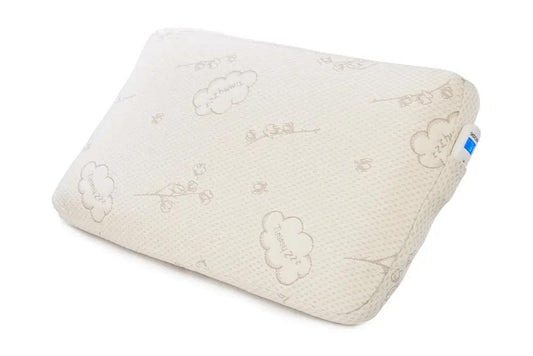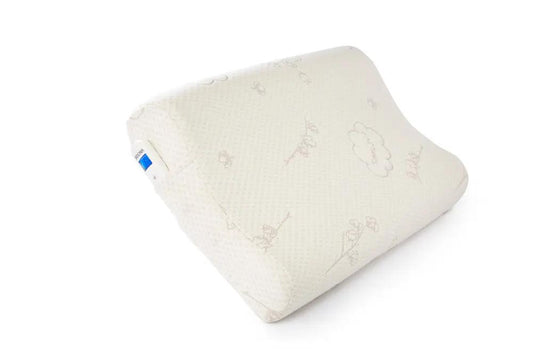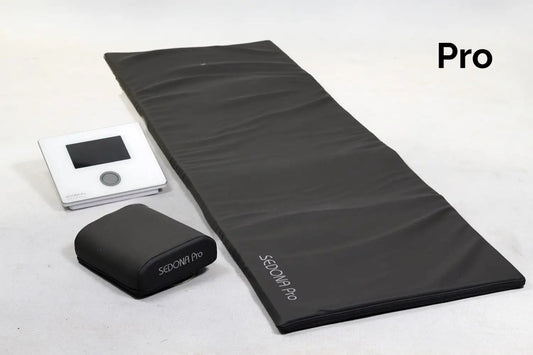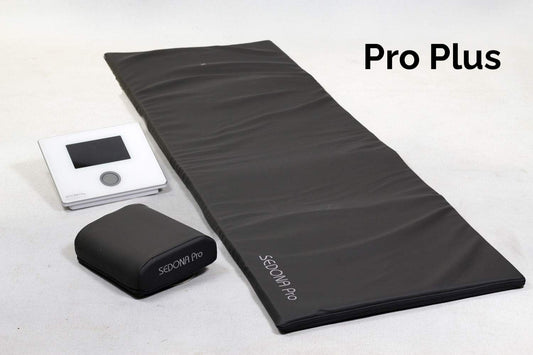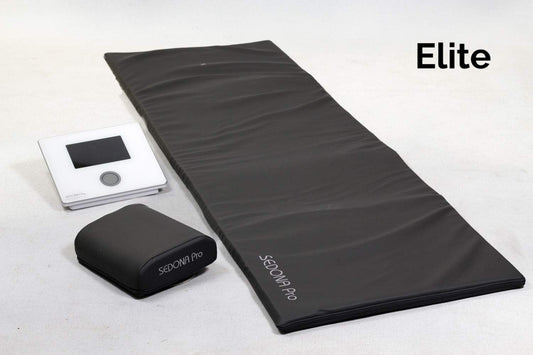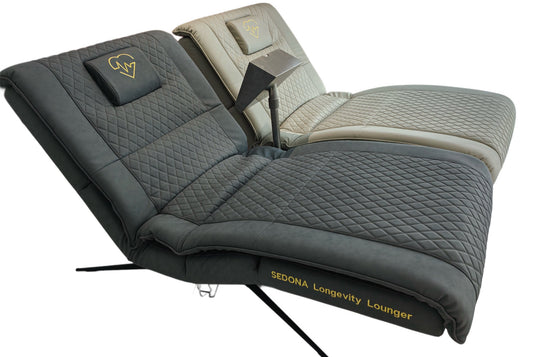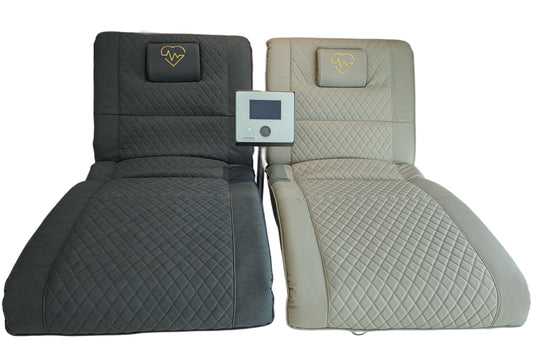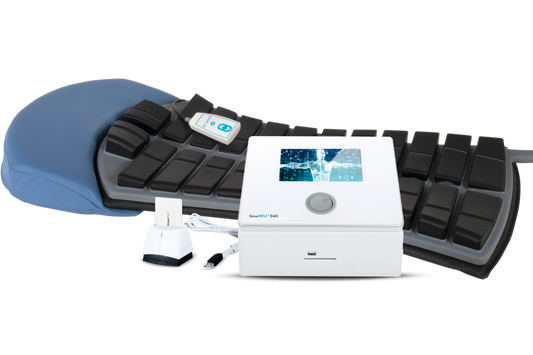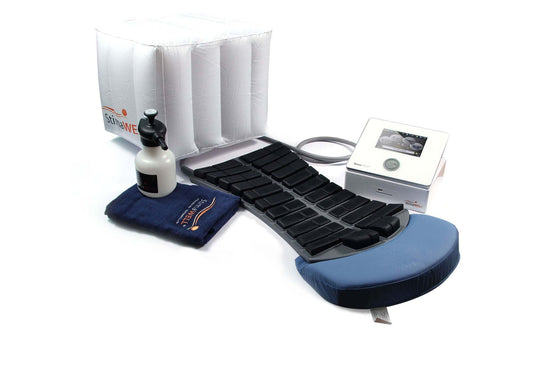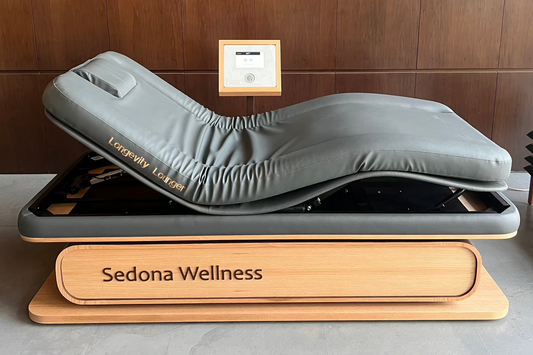
PEMF THERAPY FOR WOUND HEALING
PEMF (Pulsed Electromagnetic Field) therapy is a revolutionary approach to health care that shows significant promise in enhancing wound healing. This non-invasive treatment utilizes electromagnetic fields to stimulate the natural healing processes at a cellular level, making a PEMF mat an essential tool for anyone looking to speed up recovery from wounds. Here’s how PEMF therapy can assist in wound healing and why investing in a PEMF mat could be a pivotal decision for enhancing your health and recovery capabilities.
Understanding Wound Healing and PEMF Therapy
Wound healing is a complex process that involves tissue repair and regeneration. Challenges in wound healing can arise due to various factors such as diabetes, poor circulation, or weakened immune systems, leading to chronic wounds. PEMF therapy aids this natural process by enhancing cellular function and improving circulation, which are crucial for effective healing.
How PEMF Therapy Facilitates Wound Healing
Enhancement of Cellular Function:
PEMF therapy stimulates cellular processes by inducing electrical changes in the cells, which increase the production of ATP (adenosine triphosphate). Increased ATP production enhances cell vitality and regeneration, crucial factors in repairing and replacing damaged tissue in wounds.
Promotion of Angiogenesis:
One of the key aspects of wound healing is angiogenesis, the formation of new blood vessels. PEMF therapy promotes angiogenesis, improving blood supply to the wound. This enhanced blood flow brings more oxygen and nutrients, both essential for healing, and removes waste products from the wound site.
Reduction of Inflammation:
Inflammation is a natural part of the healing process, but excessive inflammation can delay recovery and increase discomfort. PEMF therapy helps modulate the inflammatory response, reducing excessive swelling and pain, thereby facilitating a more conducive environment for healing.
Pain Relief:
Wounds can be painful, and managing that pain is crucial for quality of life and overall recovery. PEMF therapy has analgesic properties that reduce pain directly through cellular mechanisms that inhibit pain signals.
PEMF MAT BENEFITS FOR WOUND HEALING
Our PEMF mat is designed with the latest technology to maximize the benefits of PEMF therapy for wound healing:
Targeted and Whole-Body Treatment Options:
The mat provides both localized and full-body coverage, ensuring that it can address specific wound areas as well as general health, which is important for systemic healing factors like immune response and circulation.
Customizable Settings:
Different wounds and individual healing responses may require different PEMF settings. Our mat offers customizable frequency and intensity options to tailor the treatment to your specific needs, enhancing the effectiveness of the therapy.
Ease of Use:
Designed for convenience, our PEMF mat can be used in the comfort of your own home, enabling you to conduct regular therapy sessions that fit seamlessly into your daily routine.
Safety and Comfort:
Constructed from durable, high-quality materials, our mat is built for safety and designed for comfort, making your therapy sessions relaxing and beneficial.
CONCLUSION
Integrating a PEMF mat into your recovery regimen could significantly enhance the healing process of wounds by improving cellular functions, promoting blood flow, reducing inflammation, and managing pain. This therapy offers a non-invasive, drug-free, and effective method to not only speed up wound healing but also improve overall health and well-being. Embrace the healing power of PEMF therapy and consider how our PEMF mat can become a key component of your health care routine. Enhance your recovery process and regain your active lifestyle faster.
STUDIES
-
Read Study
PubMed - Effects of pulsed electromagnetic field (PEMF) on the tensile biomechanical properties of diabetic wounds at different phases of healing.
-
Read Study
PubMed - Pulsed electromagnetic fields (PEMF) promote early wound healing and myofibroblast proliferation in diabetic rats
SEDONA WELLNESS PRODUCTS
-
SEDONA PEMF FACEMASK
Vendor:Sedona WellnessRegular price $390.00 USDRegular priceUnit price / per -
TIMMYZZZ PEMF PILLOW
Vendor:Sedona WellnessRegular price $390.00 USDRegular priceUnit price / per -
SEDONA PRO PEMF MAT
Vendor:Sedona WellnessRegular price From $5,900.00 USDRegular priceUnit price / per -
SEDONA PRO PLUS PEMF MAT
Vendor:Sedona WellnessRegular price From $6,900.00 USDRegular priceUnit price / per -
SEDONA ELITE PEMF MAT
Vendor:Sedona WellnessRegular price From $7,900.00 USDRegular priceUnit price / per -
SEDONA PEMF CHAIR
Vendor:Sedona WellnessRegular price From $16,900.00 USDRegular priceUnit price / per -
STIMAWELL EMS BACK MAT
Vendor:Sedona WellnessRegular price $16,900.00 USDRegular priceUnit price / per -
LONGEVITY LOUNGER PEMF BED
Vendor:Sedona WellnessRegular price From $21,900.00 USDRegular priceUnit price / per



